Food Allergies in Japan: A Quick Guide To Know & Understand Them
Don't Let Allergies Stop You From Trying New Food
Use this guide to make food shopping safer for those with allergies.
Until only a few decades ago, there were no strict guidelines regarding food labels and allergies in Japan. In many cases, it was assumed that common sense directed food choices (given that you knew your allergies), thus often limiting people with allergies in a big way. Today, however, most restaurants and stores in Tokyo offer lists of their food/ingredients and can offer detailed explanations of what foods are allergy-safe from certain ingredients.
 © Photo by iStock: nicoletaionescu
© Photo by iStock: nicoletaionescuThe same can also be said for supermarkets. Most food products are labeled by their manufacturers with a list of allergens that are either part of the food or produced in the same factory as the food. The content of these labels is based on government standards and lists ingredients that the foods contain or may have come in contact with, the same as those found overseas.
Unfortunately, as with most food labels in Japan, this information is typically only available in Japanese. But worry not: Here is the information you need, supported with examples of different food labels so that non-Japanese speakers can safely shop—and enjoy—every bit of Japan’s cuisine!
If you aren’t sure whether a given product contains any of the following allergens, print this page, find a clerk at the grocery store and ask:
“Kono shohin ni ○○ haiitemasuka?” (この商品に○○入ってますか?)
And if the staff can’t tell you, then you might want to skip that product. So, here they are.
Japan’s Top Allengens
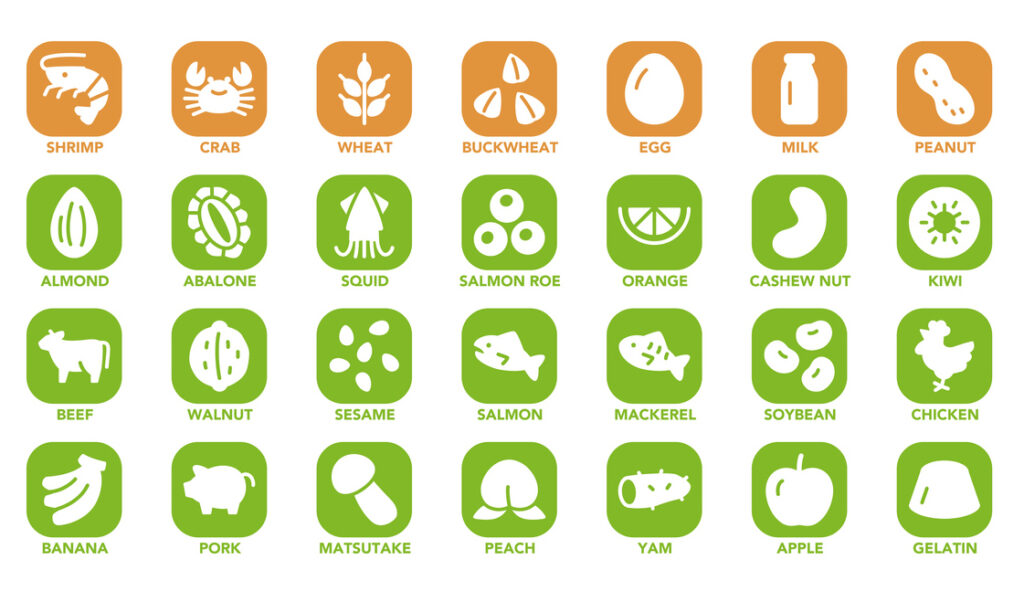 © Photo by iStock: KY
© Photo by iStock: KYThe Top Seven
This listing will state whether the product contains any of the following ingredients, which are classified as severe allergic-reaction-causing foods in Japan. These are typically the “emergency reaction” foods, that can cause immediate anaphylaxis and should be avoided at all costs by those with allergies.
| Japanese | Romaji | English |
| えび | ebi | shrimp |
| かに | kani | crab |
| 小麦 | komugi | wheat |
| そば (蕎麦) | soba | buckwheat |
| 卵 | tamago | egg/egg derivatives |
| 乳・牛乳 | nyu/gyunyu | milk/milk derivatives |
| 落花生 | rakkasei | peanuts/groundnuts |
And The Rest Of The Gang
This list includes foods that may have come in contact with a given product or may be contained in a product, even in trace amounts. They are not considered severe allergy foods per se but can cause mild to severe reactions if a person is sensitive to them.
| Japanese | Romaji | English |
| あわび | awani | abalone |
| いか | ika | squid/cuttlefish |
| いくら | ikura | fish eggs/roe |
| オレンジ | orenji | orange |
| カシューナッツ | kashu-nattsu | cashew nuts |
| キウイフルーツ | kiwi furu-tsu | kiwi fruit |
| 牛肉 | gyuniku | beef |
| くるみ | kurimi | walnut |
| ごま | goma | sesame/sesame derivatives |
| さけ | sake | salmon |
| さば | saba | mackerel |
| 大豆 | daizu | soy bean/soy derivatives |
| 鶏肉 | toriniku | chicken |
| バナナ | banana | banana |
| 豚肉 | butaniku | pork |
| まつたけ | matsutake | matsutake mushroom |
| もも | momo | peach |
| やまいも | yamaimo | Japanese yam |
| りんご | ringo | apple |
| いちご | ichigo | strawberries |
| ナッツ | nattsu | nuts |
| トマト | tomato | tomato |
| ゼラチン | zerachin | gelatin |
| お酒 | osake | alcohol |
| 甘味料 | kanmiryo | sweetener |
General Vocabulary
| Japanese | Romaji | English |
| アレルギー | arerugii | allergy |
| アレルギー物質 | arerugii busshitsu | allergen |
| アレルギーの症状 | arerugii no shojo | allergy symptoms |
| 救急車を呼んで下さい | kyuukyusha wo yonde kudasai | please call an ambulance |
| アレルギー検査 | arerugii kensa | allergy test |
| アナフィラキシー | anafirakushii | anaphylactic shock |
| 助けて下さい | tasukete kudasai | please help me |
| エピペン | epipen | epipen |
Reading The Labels
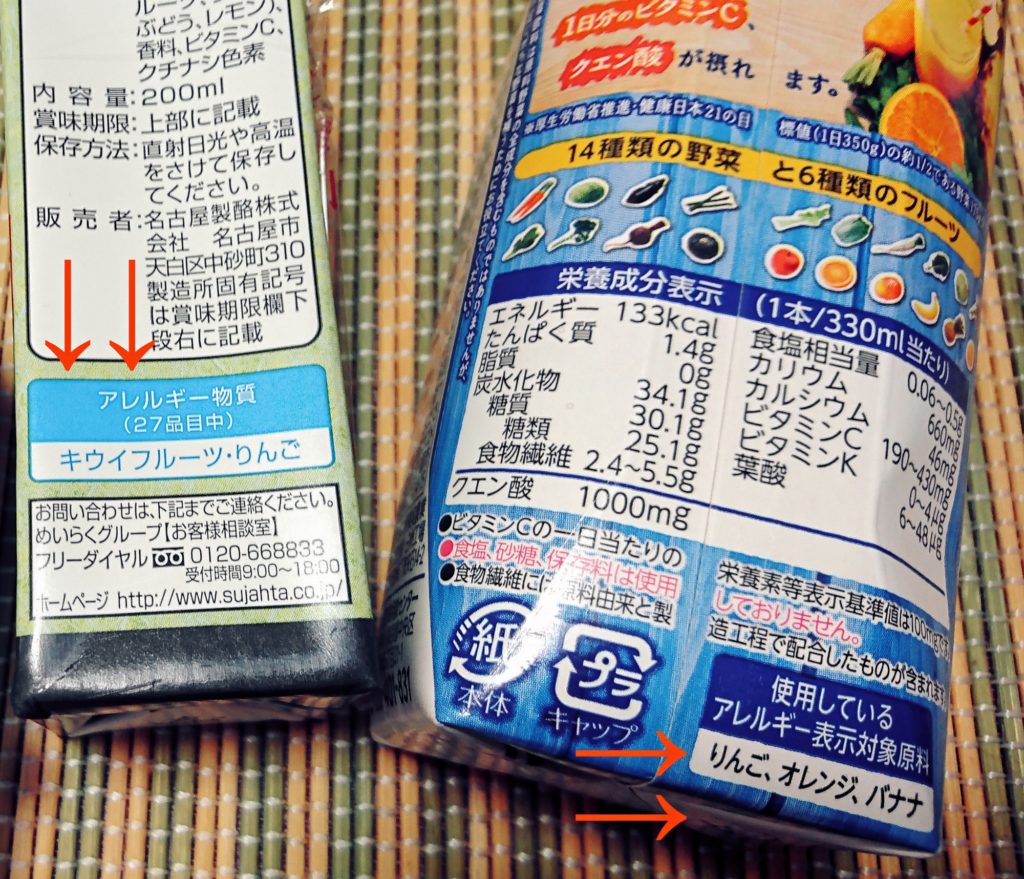
In the photo above and below, the allergy information is listed at the bottom of the product label, as indicated by red arrows. As you can see, the wording for each label varies, and may or may not be distinct from the rest of the information included on the package. In the case of the second photo, some English has been included, although there is a red line below that looks scary entirely in Japanese—it warns you that the product has been manufactured in a factory together with products that involve eggs, peanuts and other notorious allergens, so basically, be careful! Allergy information, if included in a product, is typically found below the ingredients list or beside the calorie information.
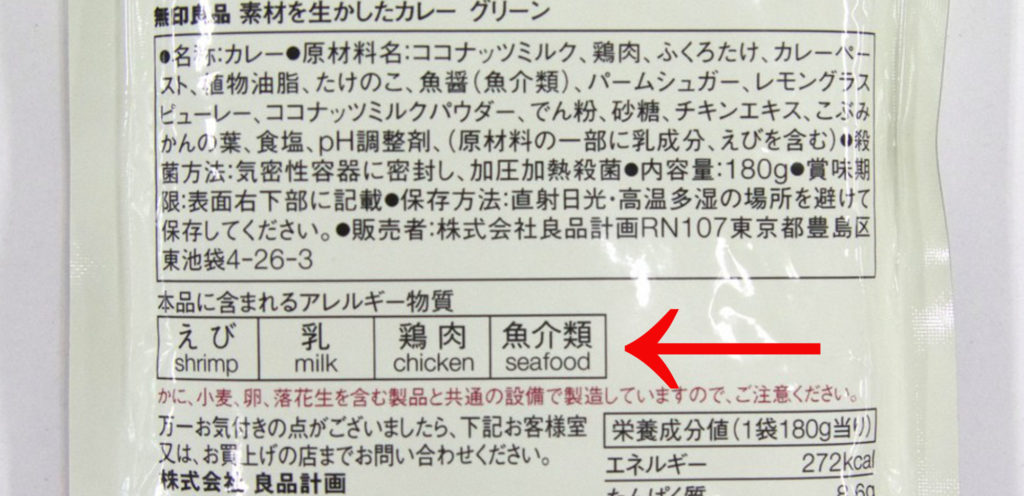
Or, as in the case below, you will see a column with circles that tell you what allergens the product contains.
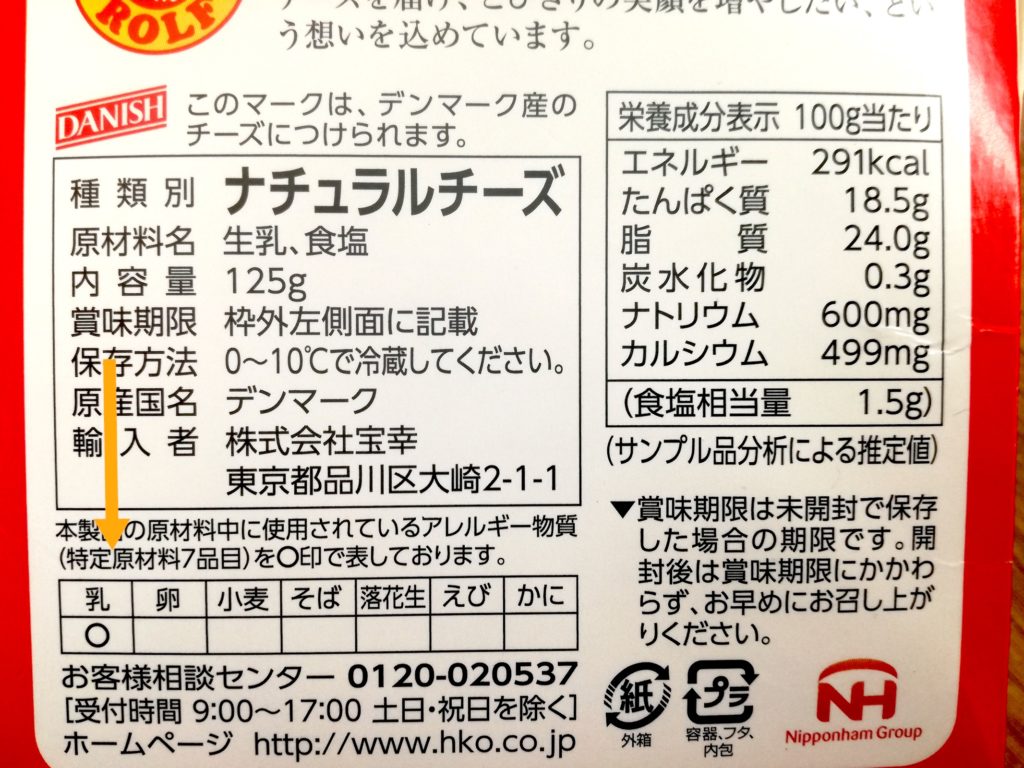
According to food safety practices, all packages that are 30 centimeters square or higher in size must provide food allergy labels, which is why you won’t find them on candies or smaller treats. So, when it comes to finding safe foods for your children, you will want to buy larger packages or do a little research first.
Allergy Free Foods
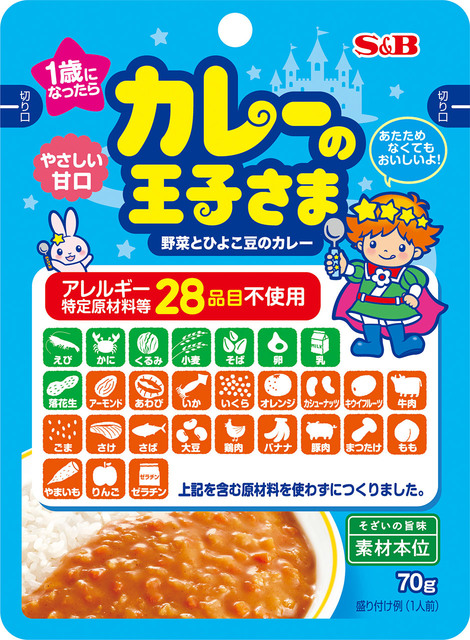 © Photo by S&B
© Photo by S&BAs awareness of food allergies increases in Japan, many companies are now putting extra effort into creating foods that are safe for everyone to eat. For example, many of S&B brand’s retort curry products are now completely allergy-free. Right on the front of the label, they state that this curry, which is meant for children from ages one and up, is free from all 28 of the stated allergens.
Having a food allergy, especially a severe one, can make things like travel and trying new foods a potentially fatal activity, but that doesn’t have to be the case. If you are prepared in advance and know what to look out for, you can enjoy a lot of different dishes with ease. Don’t be afraid to try something new—just be prepared!
If you want to learn more about decoding Japanese nutrition labels in Japan, check out this Savvy Tokyo article.
This article has been republished for 2025.

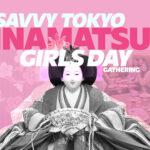



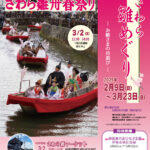
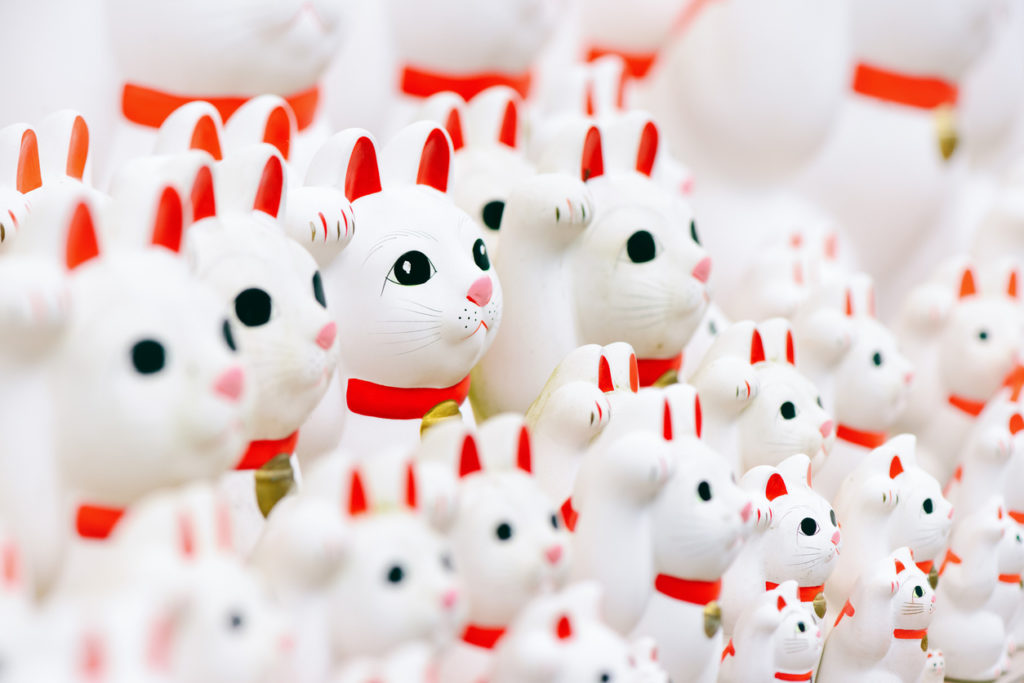





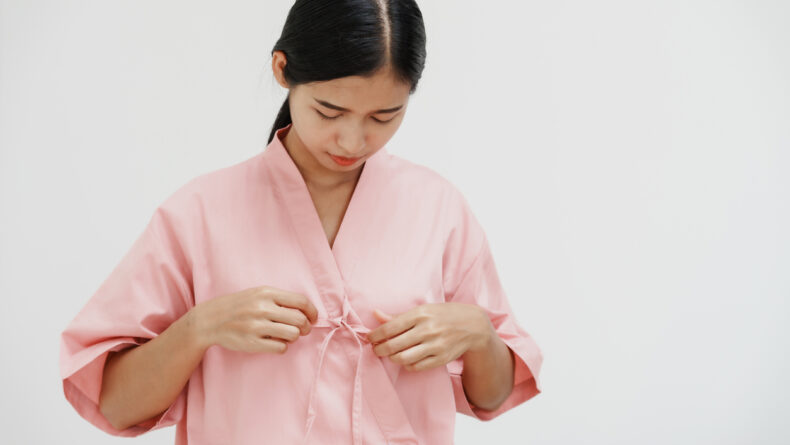
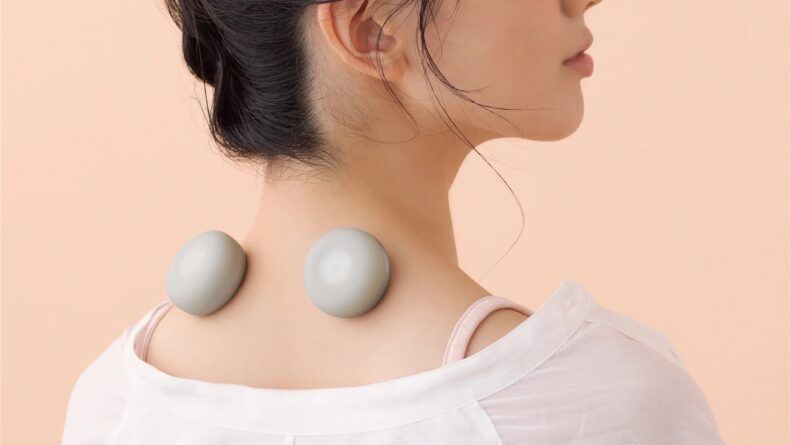

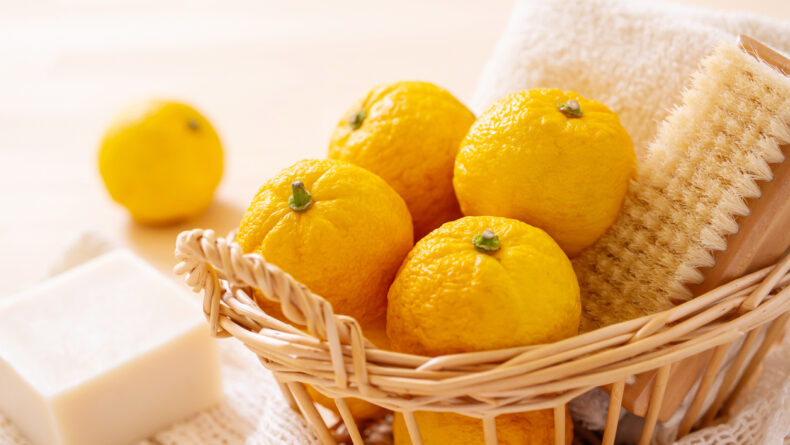
Leave a Reply